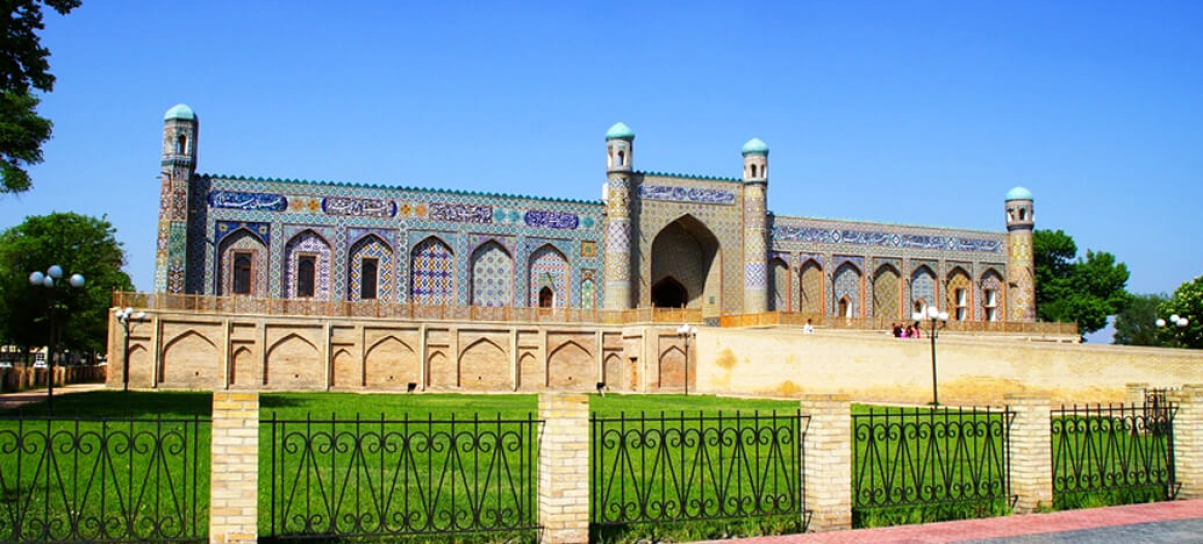Ferghana Valley
Fergana valley is situated in eastern part of Uzbekistan and surrounded by ranges of Pamir-Alai mountains. This valley which is 300 km long and 170 km wide is very fertile part of Uzbekistan.
The historical name of the area was Parkana and Chinese named it Davan. It had more than 70 cities and town, the capital being Ershi nearby modern Andijan.
In the 2 century BC when Chinese interests in Fergana grew, there were sent several expeditions across the mountains to Fergana. One of the main reasons of campaign was to obtain the famous heavenly horses from Fergana, which Chinese desired for their cavalry. As the main foes of Chinese at that time were nomadic Huns, Chinese needed those horses very eagerly. Han Emperor Wu Di managed to obtain some and started good relations with Fergana. This fact was recorded by court historians.
Later in the 1st century AD the Huns invaded the territory of Fergana and destroyed their cities.
 |
In the early Middle Ages Fergana developed as one of the industrial and cultural centers of Central Asia. The city of Kubo was one of the biggest centers of glass production, Rishtan was the center of ceramics, while Margilan was the center of textiles and silks.
In the 8th century the population of Fergana was forcibly converted to Islam by Arab general Kutaiba ibn Muslim. In 9th-11th centuries Fergana was ruled by Samanid and Karakhanid Dynasties.
In 13th century the Mongols came from the north east, one of the their primary targets being Khodjent, the ancient city founded by Alexander the Great.
The Fergana fought severely against the Mongols, but finally Mongols took over and Fergana became part of Ulus of Chagatai, one of the sons of Chingiskhan.
In 14th-15th centuries Fergana was ruled by Timurids and the last representative of the family – Babur was defeated by Muhammad Shaybani – the nomadic Khan from northern steppes, whose descendants ruled in Fergana for the next 100 years.
In 18th century there was founded new dynasty of Mings in Kokand. They managed to occupy the territory of Fergana Valley, part of Kazakh steppes, Tashkent and Western China.
In 1868 the last Khan Khudayar was defeated by Russian and recognized Russian protectorate. In 1875 khanate was dissolved and territory joined to Russian Turkestan General Governorate.
 |
From 1917 till 1918 on the territory of Kokand was formed Turkestan Autonomous Republic which was eradicated by Bolsheviks.
From 1924 till 1991 Fergana Valley was part of Soviet Uzbekistan.
From 1991 it is part Republic of Uzbekistan.
We recommend to see more:
Follow us on
Sign up for our newsletters
Find our latest discounted tours, updated itineraries and latest news about the region



